---------------------------------------------------------
The best time to start a backyard orchard is a couple of years ago. But since we don’t have time travel, let’s say the best time to start is today! Most fruit trees will take a couple of years to get established and start producing fruit. It can be a few years beyond that before they are producing to their full potential. So make future-you really happy, read on to learn how to plant fruit trees and get that orchard going now!
Picking the right fruit tree
The types of fruit you can easily & successfully grow will depend mostly on where you live. Choosing the right trees is the number one key to success. Where I live in Massachusetts (zone 7), I can grow things like apples, peaches, pears, & cherries. Tropical fruits like bananas, mangoes, and grapefruit might grow well in warm southern Florida but I would need a decent greenhouse to grow those.
A trip to your local nursery is a great way to get started. They will have trees there that are suited to your growing climate. Another wonderful source of information is your local extension service.
You can also try doing a Google search for fruit trees that grow well in your growing zone. If you don’t know what US growing zone you are in, you can find out here: USDA Growing Zones
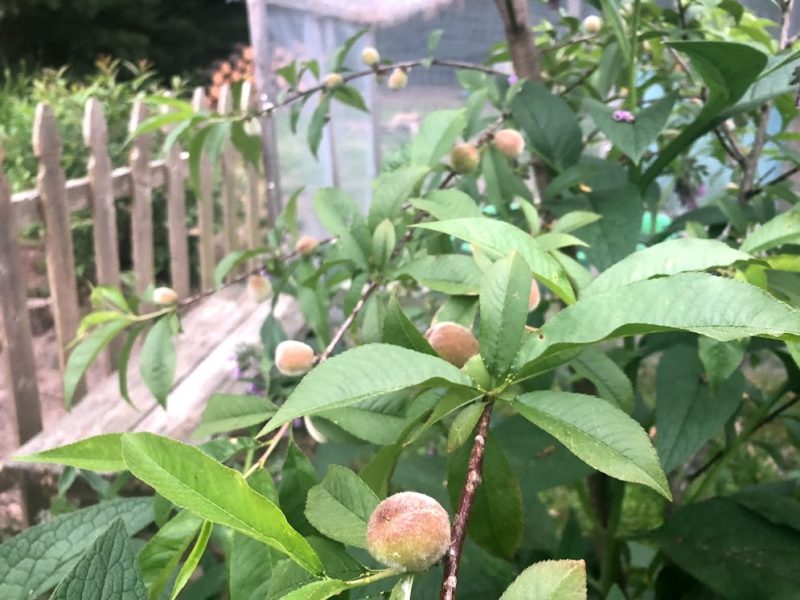
Planning Your Orchard
Fruit trees can take up a lot of space. If you are short on space, dwarf varieties are available for nearly all types of fruit trees. Dwarf fruit trees take up less space but produce full-size fruit, and will set fruit typically a year earlier than standard-size trees. Pruning, harvesting, & netting dwarf trees is much easier. One of the downsides to dwarf trees is they don’t produce as much fruit as standard trees. Dwarf trees also do not set roots as deeply, so can be susceptible to drought or high wind storms.
Does your tree need a pollinator? Some fruit trees are self-pollinating, while others will require a companion tree for cross-pollination. For example, apple trees require another apple tree of a different variety nearby. Research the variety you are planning on growing. If your tree needs a pollinator but you only have one tree, it will never set fruit. Even if you go with self-pollinating varieties, they will produce more if you can provide a companion pollinator for them.

Spacing
When planning your orchard, it’s important to think ahead to what your orchard will look like in 10 years. Once your trees are fully grown, will there be enough sunlight? Will they shade one another? Will they be able to spread? Will power lines or fencing get in the way? Carefully read the growing information for the trees you buy. Some semi-dwarf trees can still grow up to 20 feet tall!
If your trees are crowded and shading each other, they won’t produce to their full potential. It is better to have two fruit trees that produce well than four trees crowded into a too-small space that only gives small to mediocre harvests. If they are planted too far apart, however, it could interfere with pollination which will also affect your harvests.
You should always refer to the specific variety you are planting, but for general planning purposes, standard fruit trees should be 20-30 feet apart, semi-dwarf should be 15-20 feet apart, and dwarf trees 10-15 feet apart.

Planting Your Trees
Nearly all fruit trees will want to be in full sun with well drained soil with plenty of organic material. If possible, amend your soil with compost or adjust the soil pH ahead of time to set your fruit trees up for success.
Dig a hole that is twice as wide and twice as deep as the rootball for your tree. This will give your new tree plenty of loose soil to extend its roots into.
Keep your tree straight as you fill the hole back in. Tap down the soil with your foot to eliminate air pockets and secure your new tree in its place.

Caring for your Fruit Trees
It is important to follow the instructions for the specific variety you are growing. However, most trees will require annual pruning. YouTube is full of really helpful pruning videos, just search for whatever type of tree you have. Pruning is very important to allow sunlight and air to circulate among the branches. It is also important for controlling how much fruit your tree sets (too much can limit the quality of fruit and can weigh down the branches). Fertilizing and spraying may be needed depending on your climate and pest populations. Netting your tree may also be needed to prevent birds and other critters from taking off with your fruit
When Can I Expect Fruit?!
This is the million-dollar question! If you are growing your fruit tree from seed, it will take between 6-10 years before you see fruit. When planting young trees from the nursery, you can expect your first fruit in 2-3 years for dwarf varieties, 2-4 years for semi-dwarf varieties, and 4-6 years for full size trees.
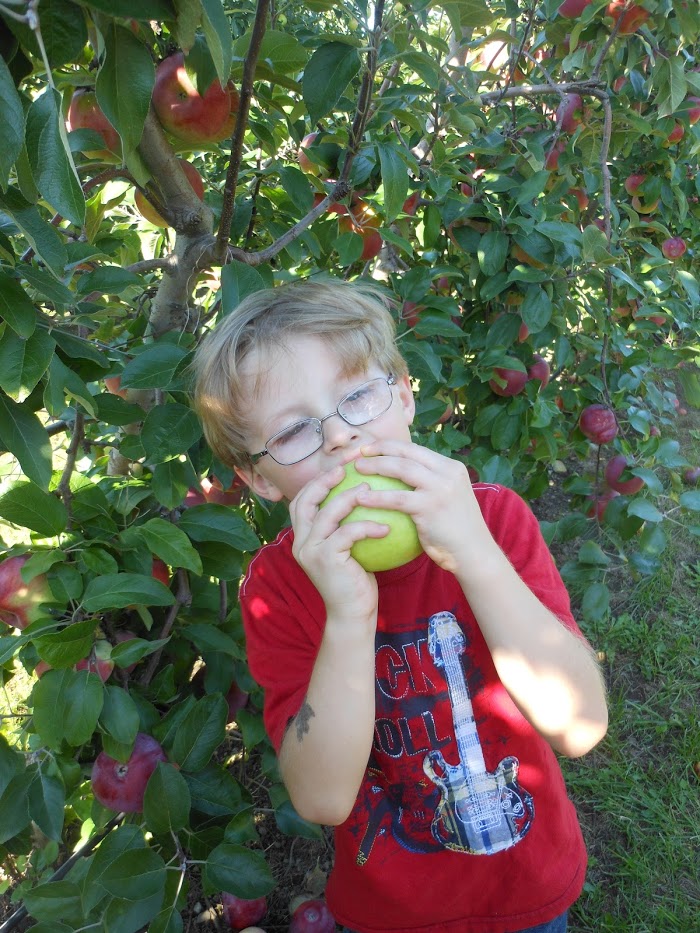
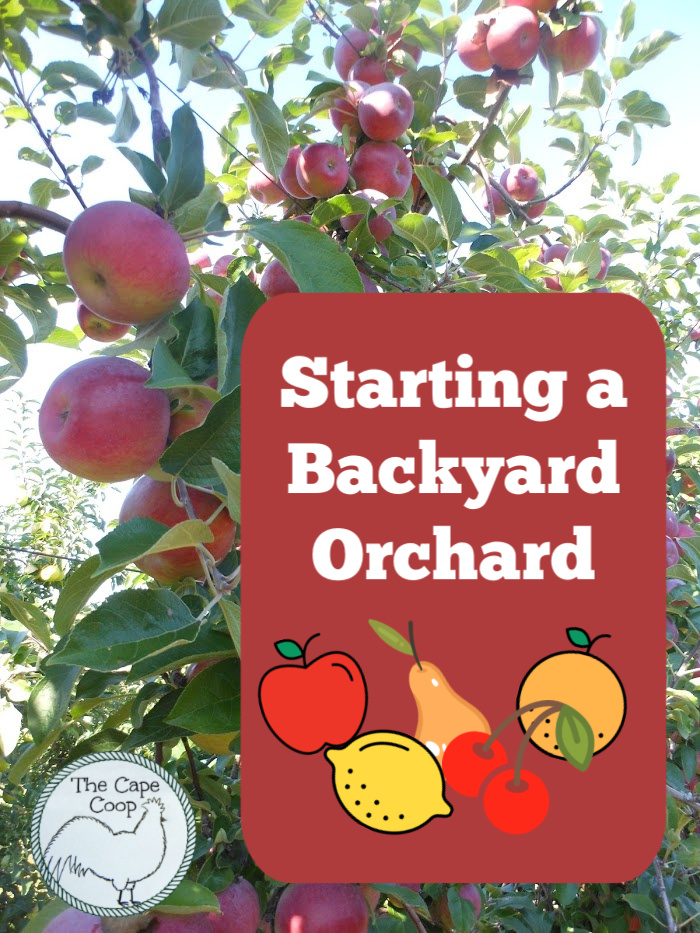

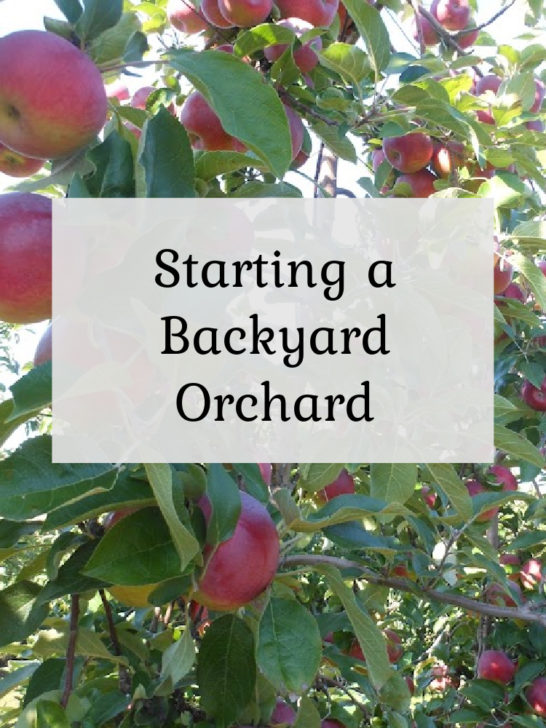

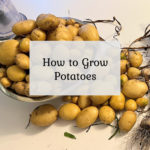
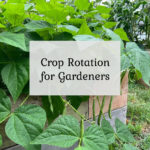
Tezitta - Mukobe
Monday 18th of May 2020
Your activities on the Cape Coop Farm has greatly inspired me into emulating you. This year round, am working just to have something to showcase.
Soon I shall be sharing progress on this direction. From now on am uour partner, o In development in backyard or homestead farming!
T. Mukobe
Liz
Monday 18th of May 2020
that is great!! Good luck with your progress :)